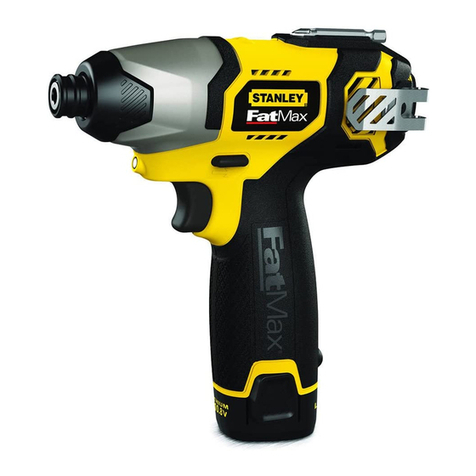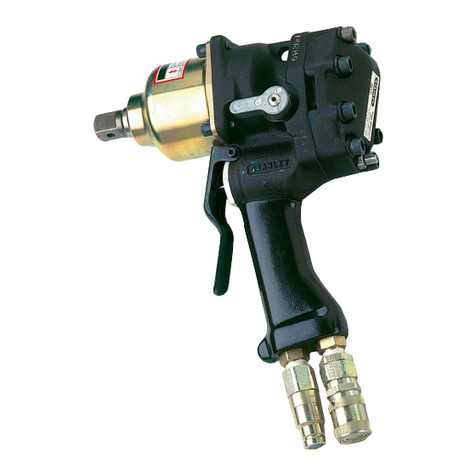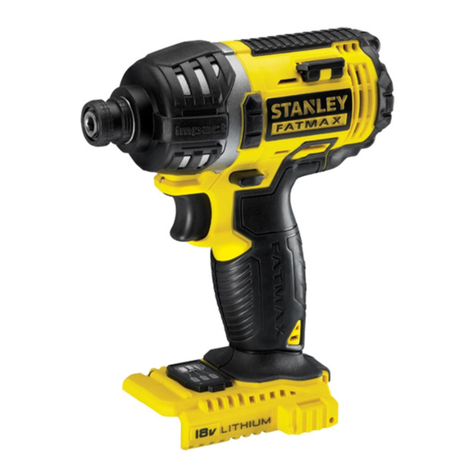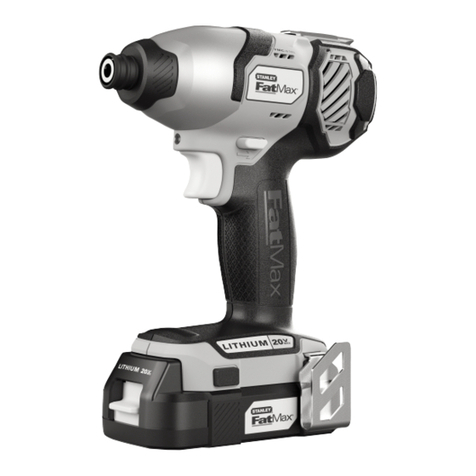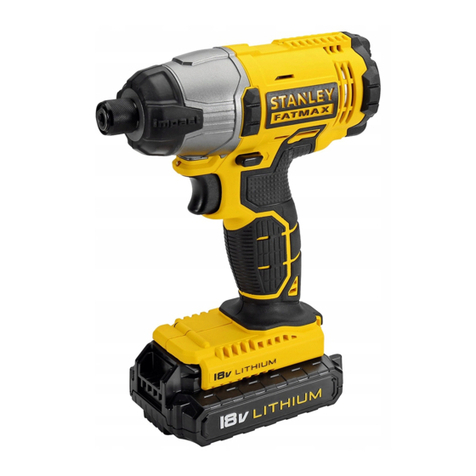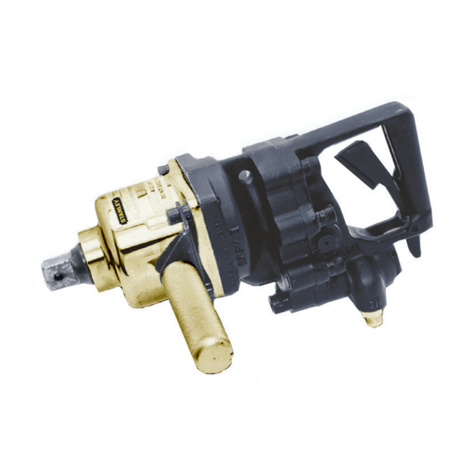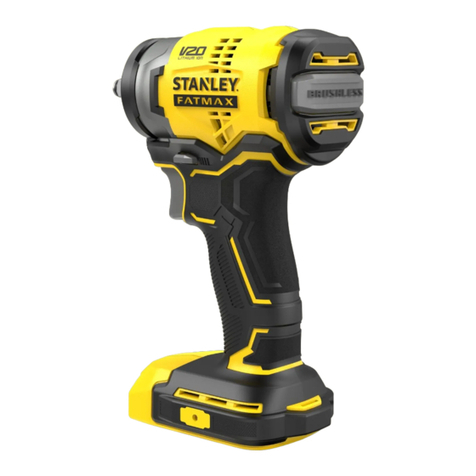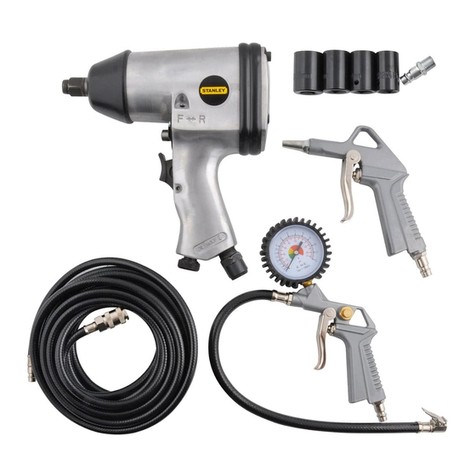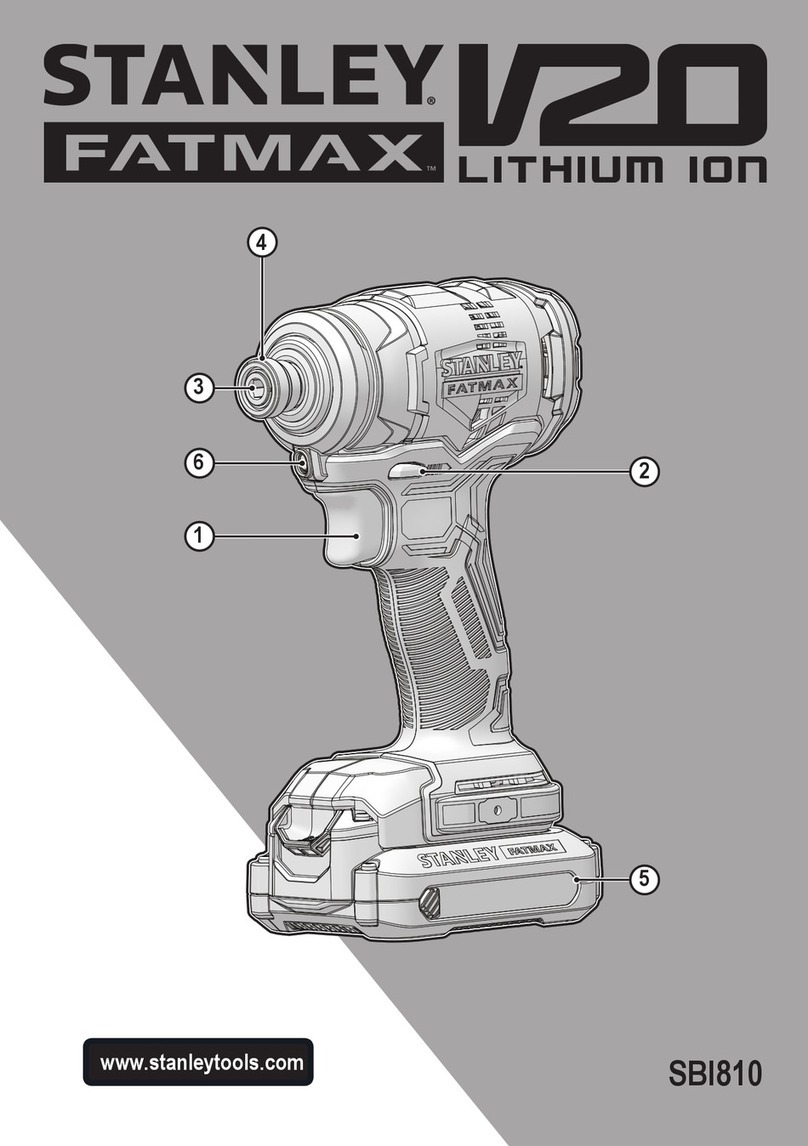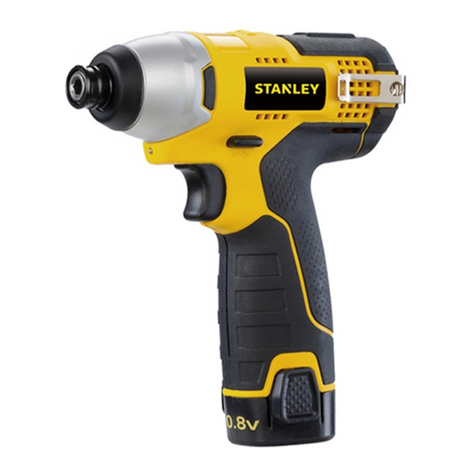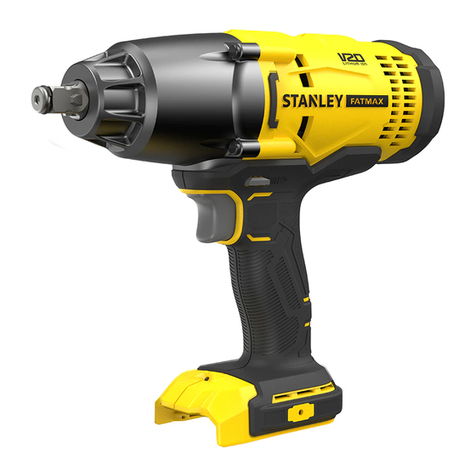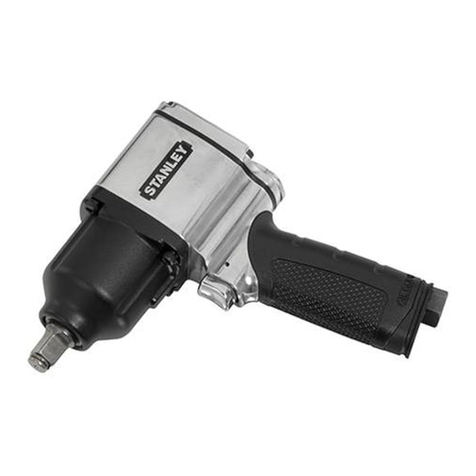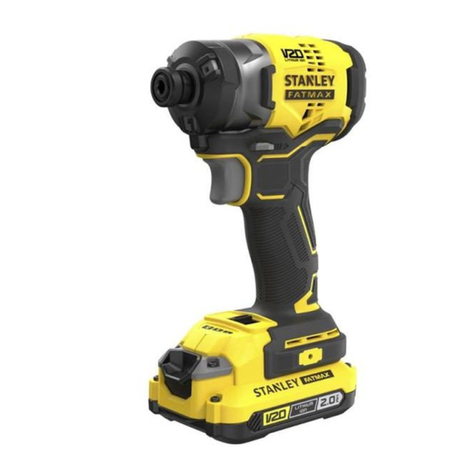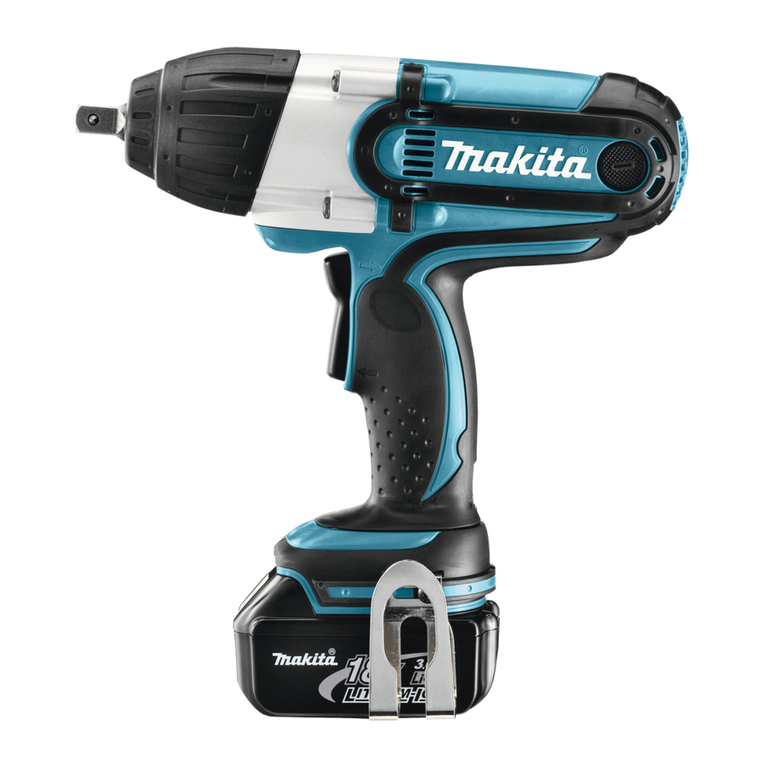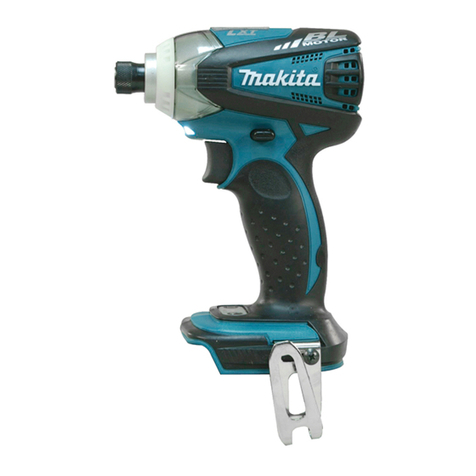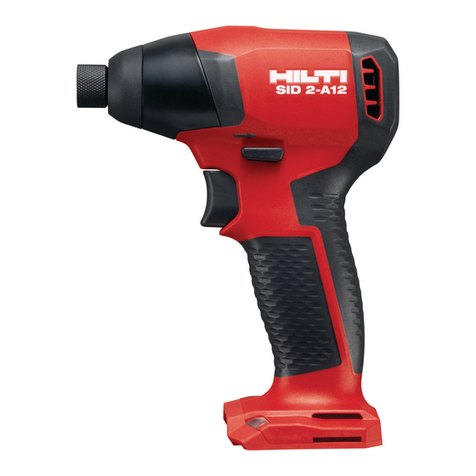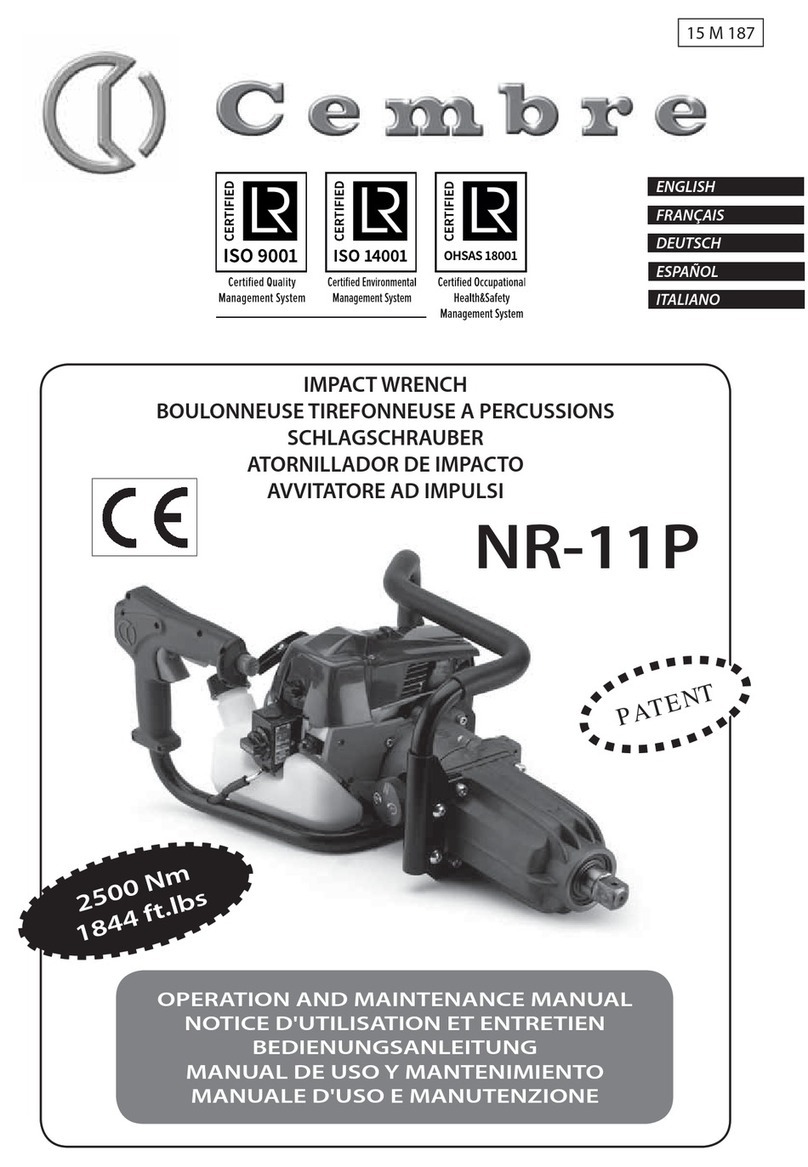
IW12 User Manual ◄ 5
Always observe safety symbols. They are included for your safety and for the protection of the tool.
LOCAL SAFETY REGULATIONS
Enter any local safety regulations here. Keep these instructions in an area accessible to the operator and
maintenance personnel.
Safety symbols and signal words, as shown below, are used to emphasize all operator, maintenance and repair
actions which, if not strictly followed, could result in a life-threatening situation, bodily injury or damage to equipment.
This is the safety alert symbol. It is used to alert you to potential personal injury
hazards. Obey all safety messages that follow this symbol to avoid possible
injury or death.
This safety alert and signal word indicates an imminently hazardous situation
which, if not avoided, will result in death or serious injury.
This safety alert and signal word indicates a potentially hazardous situation
which, if not avoided, could result in death or serious injury.
This safety alert and signal word indicates a potentially hazardous situation
which, if not avoided, could result in death or serious injury.
This signal word indicates a potentially hazardous situation which, if not avoided,
may result in property damage.
This signal word indicates a situation which, if not avoided, will result in damage
to the equipment.
This signal word indicates a situation which, if not avoided, may result in damage
to the equipment.
Tool operators and maintenance personnel must always
comply with the safety precautions given in this manual
and on the stickers and tags attached to the tool and
hose. These safety precautions are given for your
safety. Review them carefully before operating the tool
and before performing general maintenance or repairs.
Supervising personnel should develop additional
precautions relating to the specic work area and local
safety regulations. If so, place the added precautions in
the space provided on in this manual.
The model IW12 Hydraulic Impact Wrench will provide
safe and dependable service if operated in accordance
with the instructions given in this manual. Read and
understand this manual and any stickers and tags
attached to the tool and hose before operation.
Failure to do so could result in personal injury or
equipment damage.
• The operator must start in a work area without
bystanders. Flying debris can cause serious injury.
• Do not operate the tool unless thoroughly trained
or under the supervision of an instructor. Establish
a training program for all operators to ensure safe
operation.
• Always wear safety equipment such as goggles,
gloves, ear, head and breathing protection and
safety shoes at all times when operating the tool.
Use gloves and aprons when necessary.
• Inspect tool daily for loose fasteners, missing parts
and leakage. Have tool repaired if necessary.
• The operator must be familiar with all prohibited work
areas such as excessive slopes and dangerous
terrain conditions.
• Maintain proper footing and balance at all times and
do not overreach.
• Do not inspect or clean the tool while the hydraulic
power source is connected. Accidental engagement
of the tool can cause serious injury. Be observant of
hydraulic and water hose lying about the work area,
as they can be a tripping hazard.
• Always connect hoses to the tool hose couplers
before energizing the hydraulic power source. Be
sure all hose connections are tight and are in good
condition.
• Do not operate the tool at oil temperatures above
140 °F/60 °C. Operation at higher temperatures can
cause higher than normal temperatures at the tool
which can result in operator discomfort.
• Do not operate a damaged, improperly adjusted or
incompletely assembled impact wrench.
• Never wear loose clothing that can get entangled in
the working parts of the tool.
• Keep all parts of your body away from the rotating
parts. Long hair or loose clothing can become drawn
into rotating components.
• Always use accessories that conform to the
specications given in “Specications” on page
14.
• Do not reverse impact wrench rotation direction by
changing uid ow direction.
• Release the trigger if the power supply has been
interrupted.
• When working near electrical conductors, always
assume that all conductors are energized and that
insulation, clothing and hoses can conduct electricity.
Use hose certied and labeled as non-conductive.
• To avoid personal injury or equipment damage,
all tool repair, maintenance and service must only
be performed by authorized and properly trained
personnel.
• Serious injury or death could result from a tool or
accessories dropped from an elevated height.
• Warning: Hydraulic uid under pressure could
cause skin injection injury. If you are injured by
hydraulic uid, get medical attention immediately.
• During operation do not contact the impact
mechanism, accessories or hardware as they can
become very hot; use your Personal Protection
Equipment (PPE).
• Warning: Use of this tool on certain materials could
generate dust potentially containing a variety of
hazardous substances such as asbestos, silica or
lead. Inhalation of dust containing these or other
hazardous substances could result in serious
injury, cancer or death. Protect yourself and those
around you. Research and understand the materials
you are cutting. Follow correct safety procedures
and comply with all applicable national, state or
provisional health and safety regulations relating to
them, including, if appropriate arranging for the safe
disposal of the materials by a qualied person.
SAFETY PRECAUTIONS


